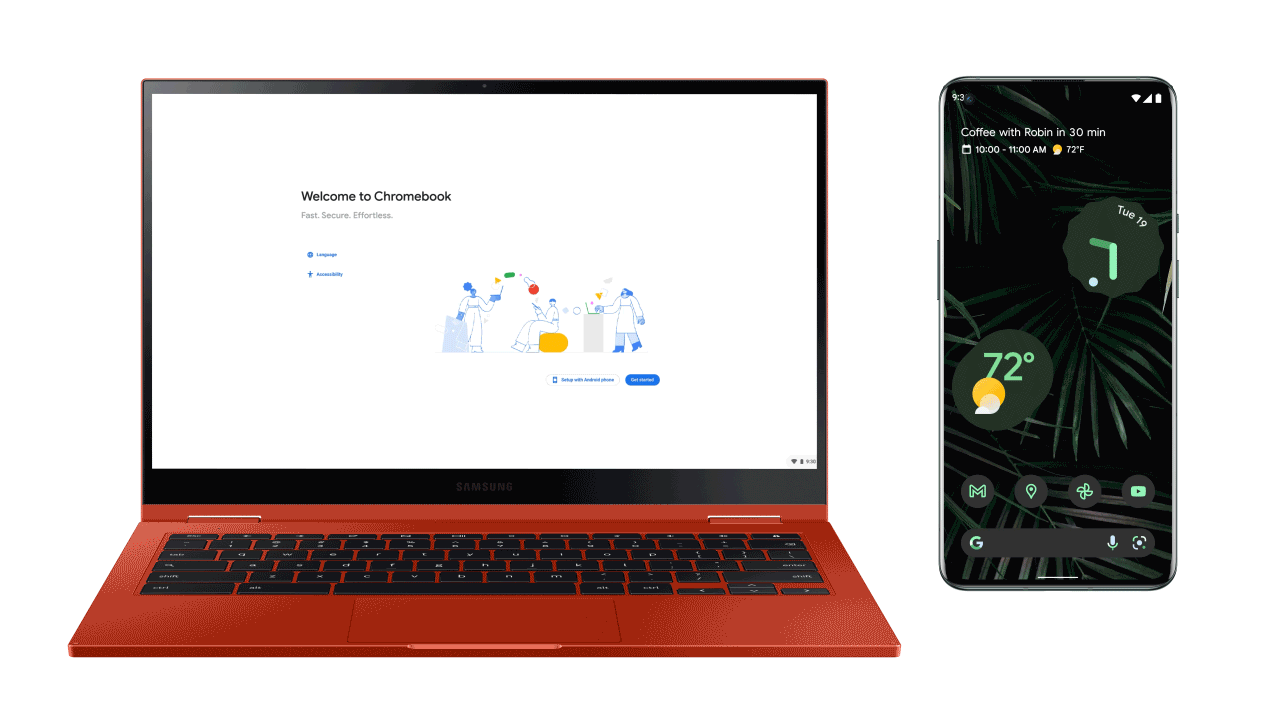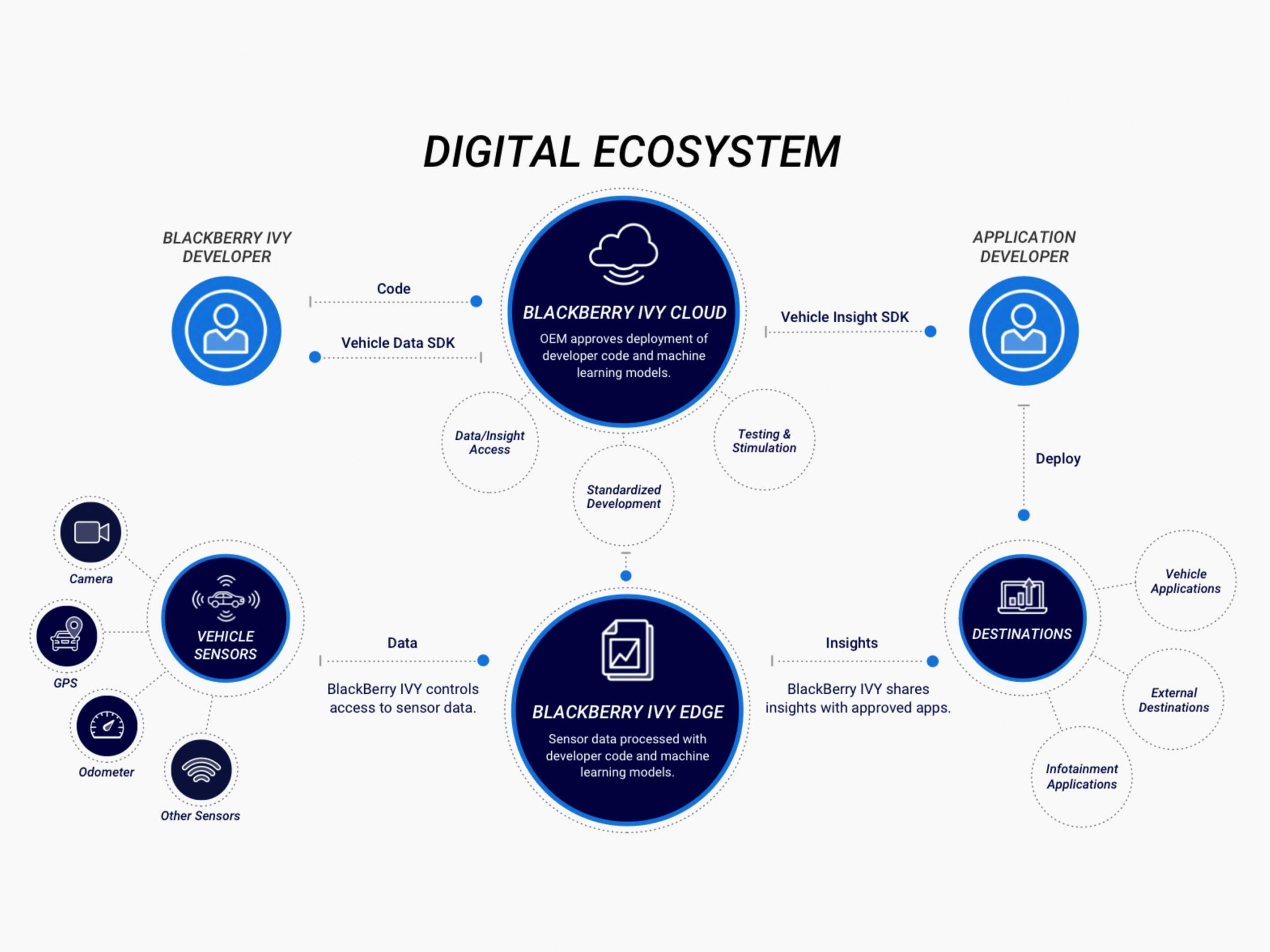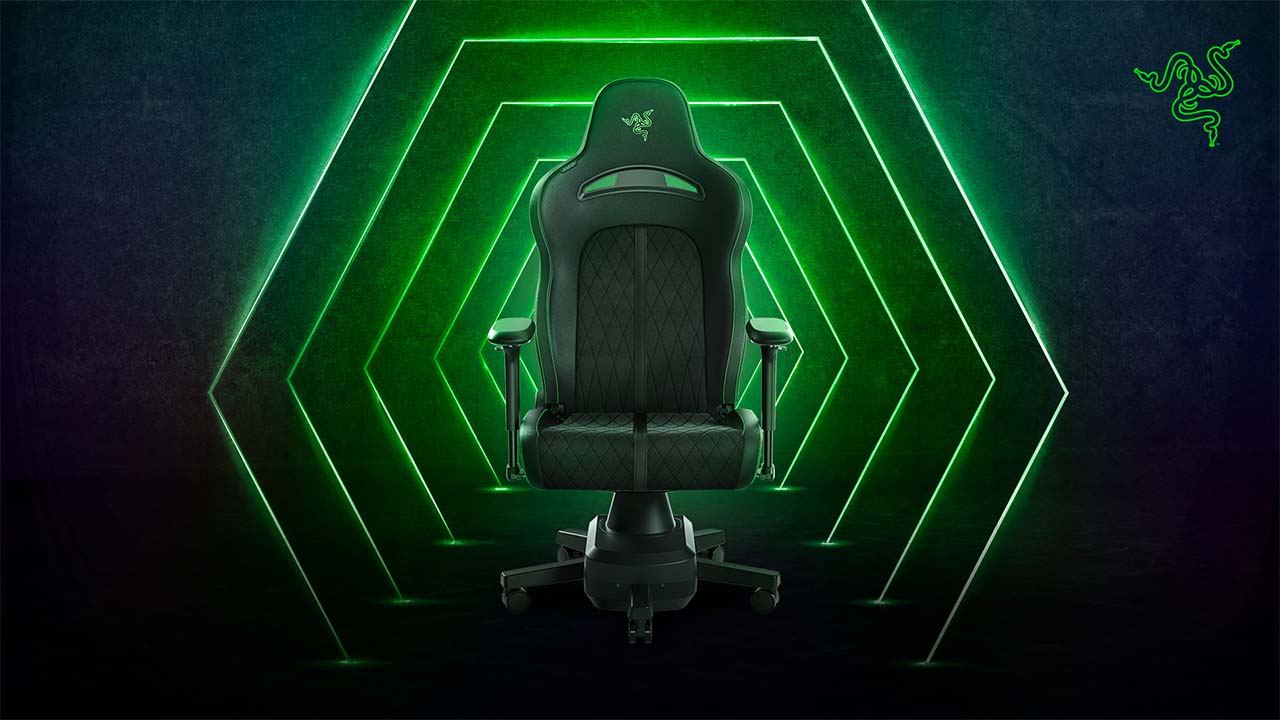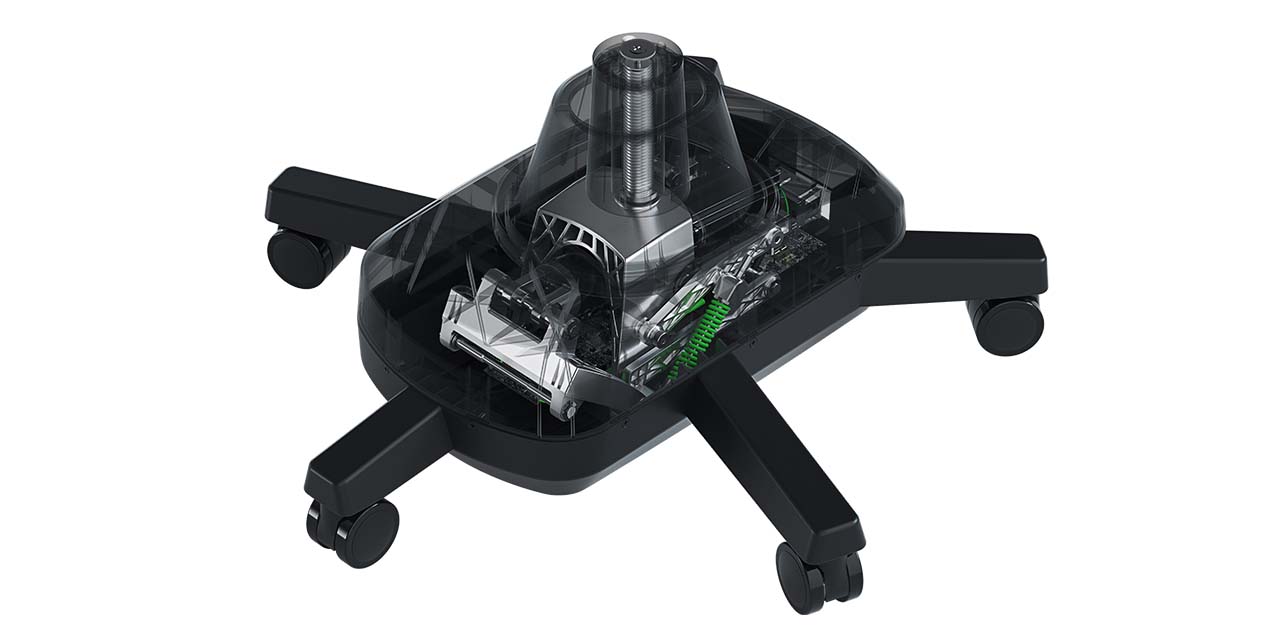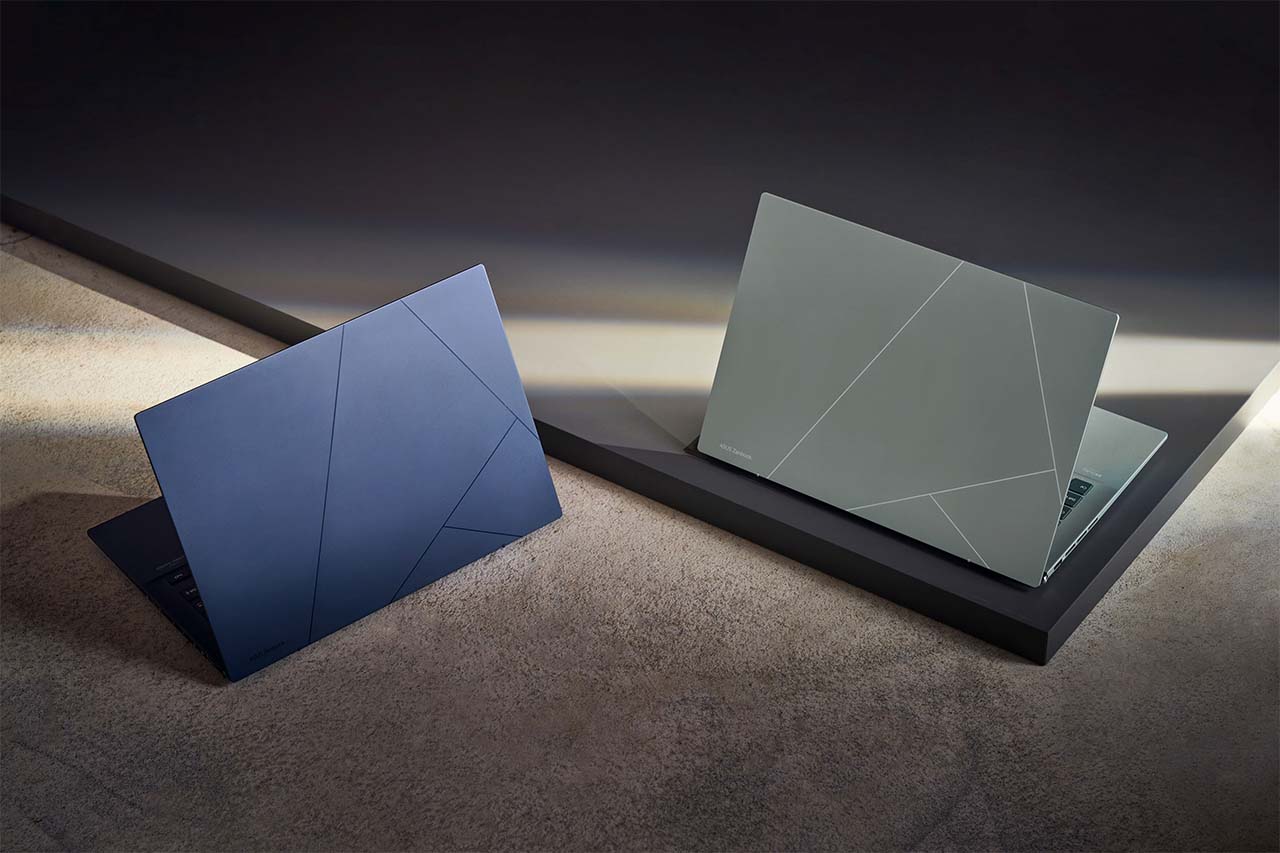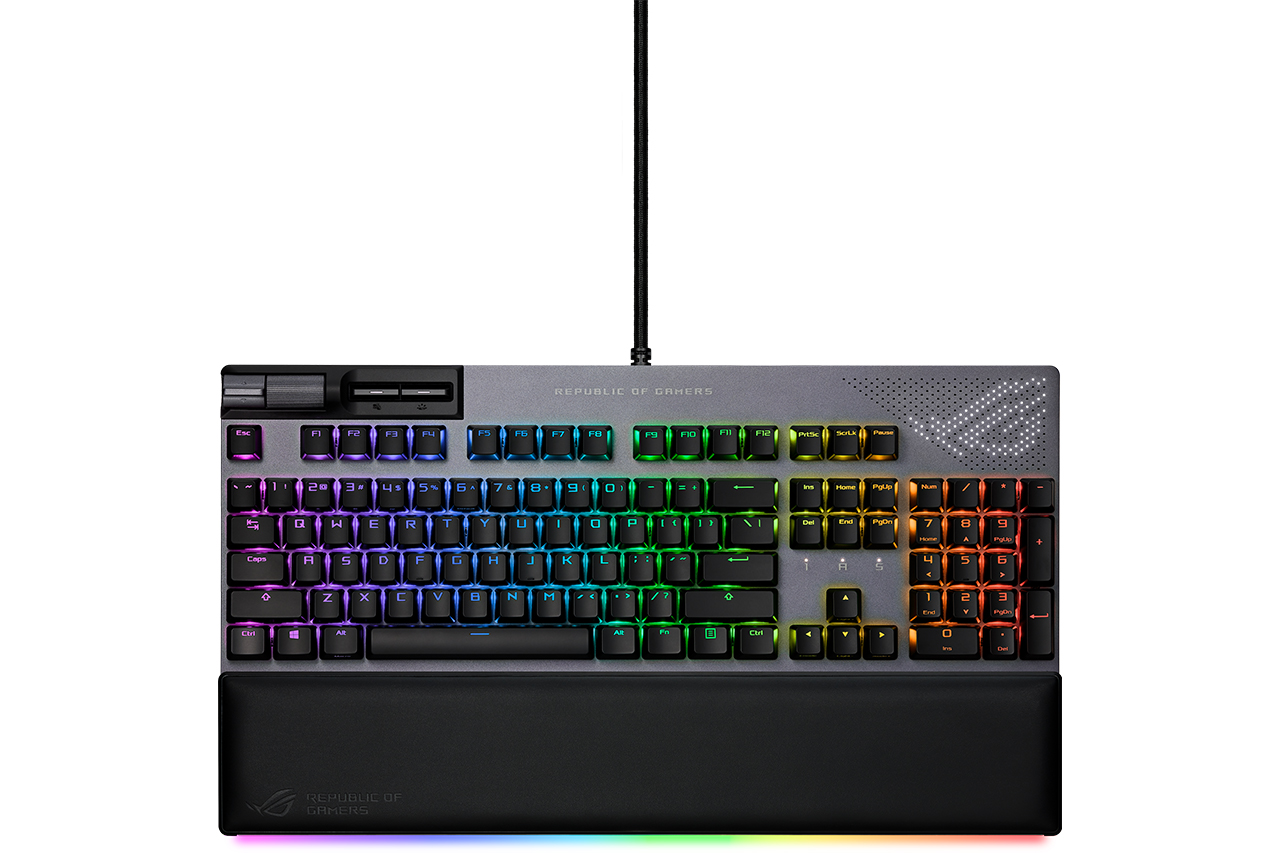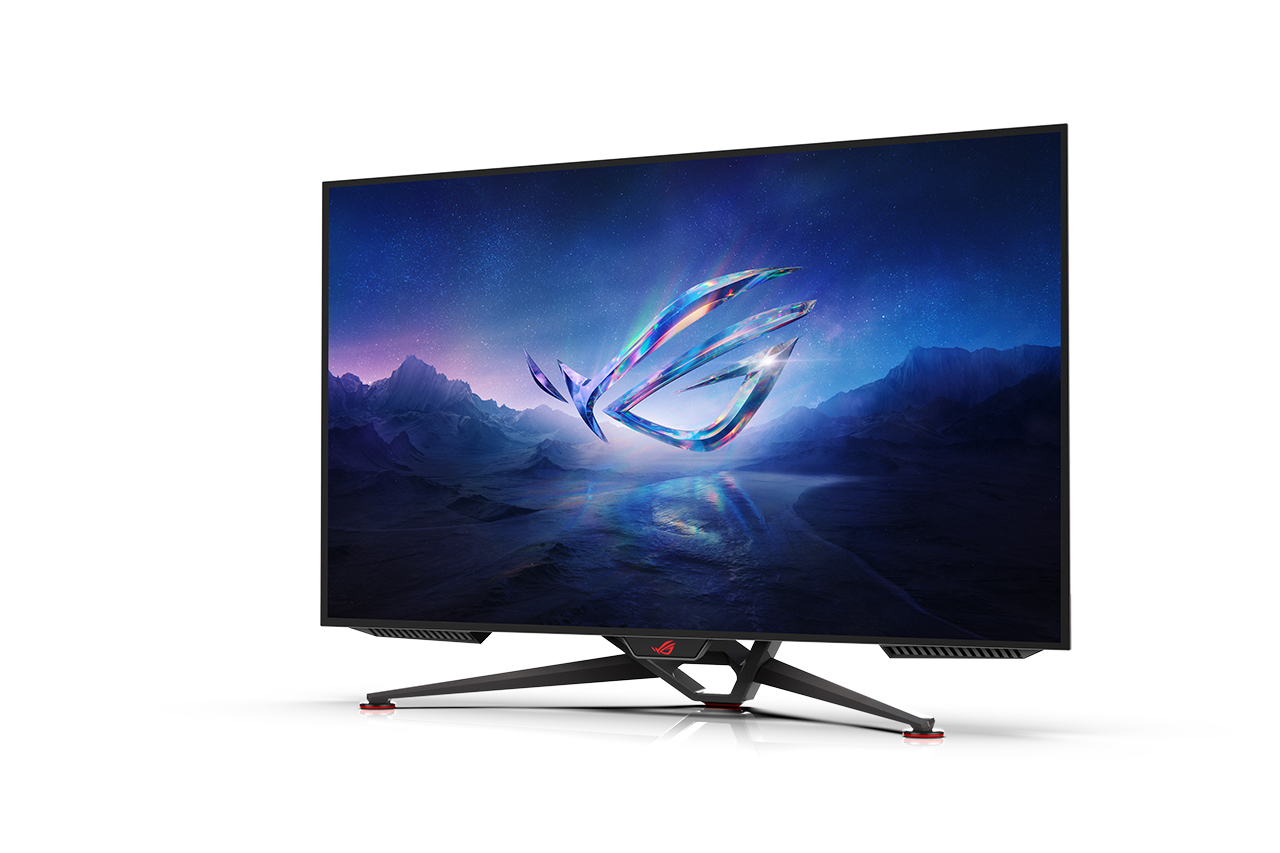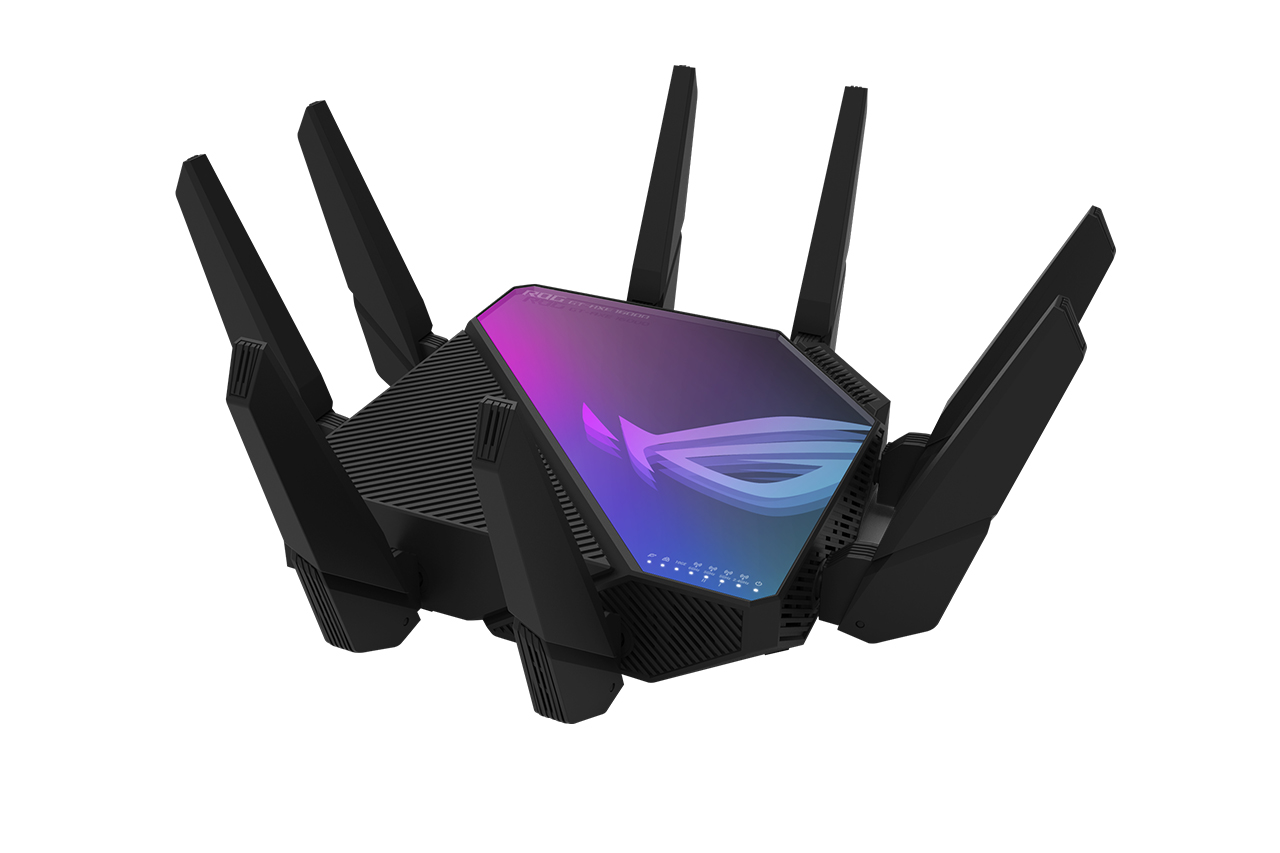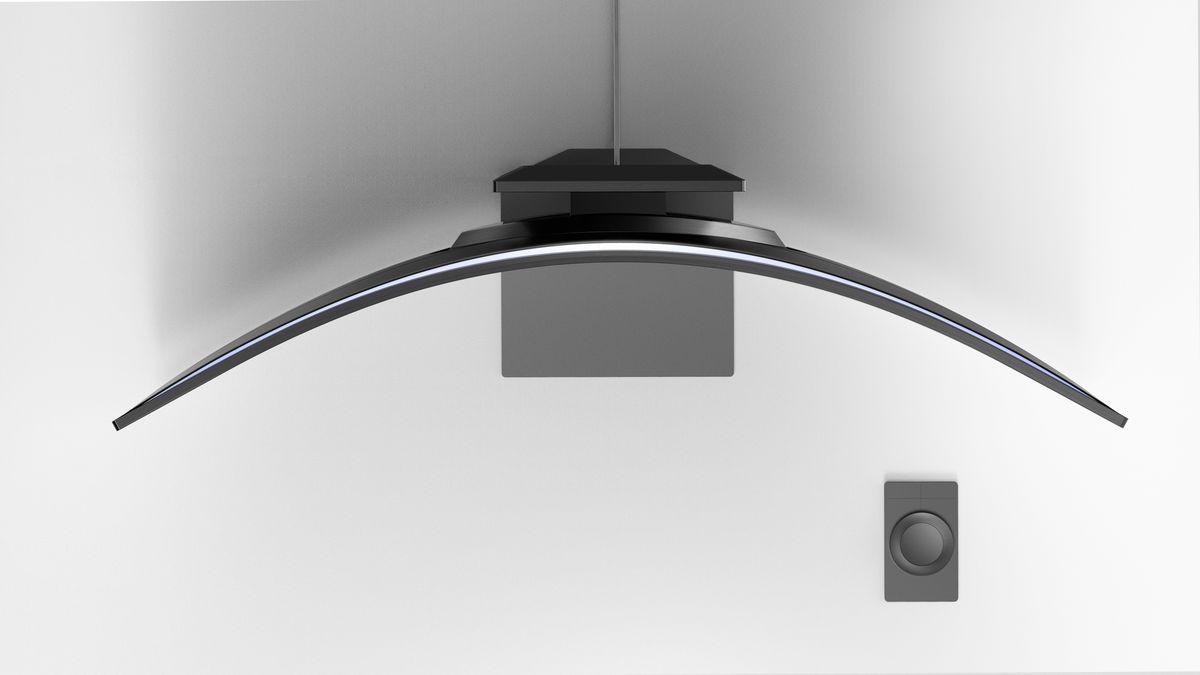BlackBerry is bringing its software platform for vehicles to China.
This is happening through a partnership with PATEO, a company based in China providing technology and products to vehicles.
The Waterloo, Ontario based company will integrate BlackBerry IVY, cloud-based software that allows developers to share vehicle sensor data in a secure fashion, with PATEO’s digital cockpit. This will help create new services driven by data.
The companies will be working with “a leading Chinese automobile manufacturer” to implement their partnership as a pilot project in the manufacturer’s electric vehicles. It’s not clear who the manufacturer is. A BlackBerry spokesperson told MobileSyrup the name of the manufacturer can’t be shared at this time.
The pilot will also include software from a third company, Electra Vehicles, that provides real-time information on the remaining capacity and health of a battery.
Once the pilot is completed successfully, the manufacturer will integrate software worked on by all three companies into its electric vehicle line-up.
Information on what will make the pilot project successful has not been made public.
BlackBerry will be showcasing its automotive offerings at CES 2022. You can check out more news from CES here.
Image credit: ShutterStock
Source: BlackBerry




